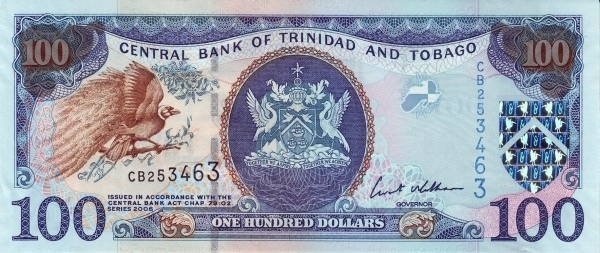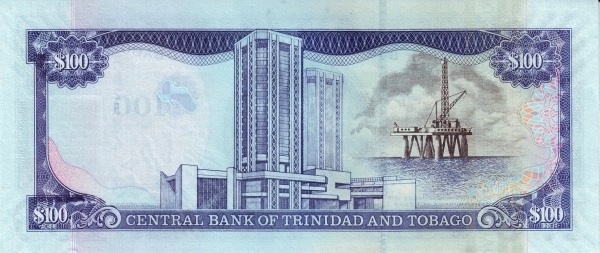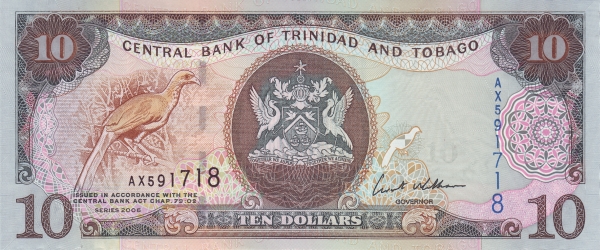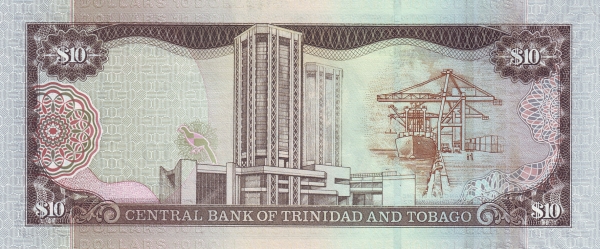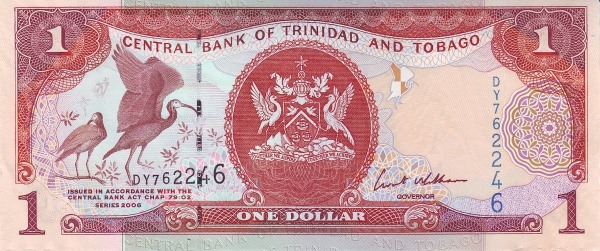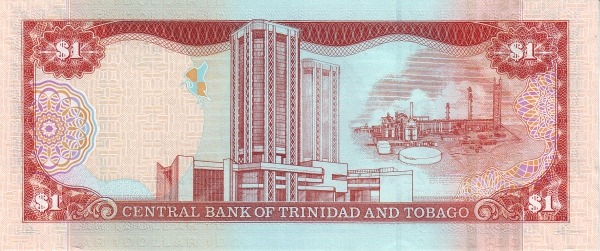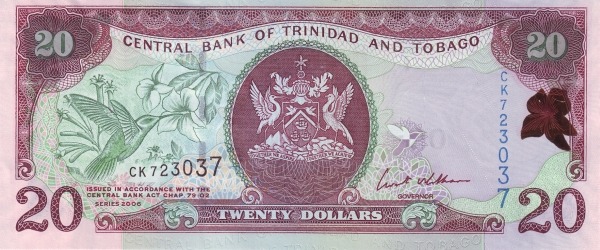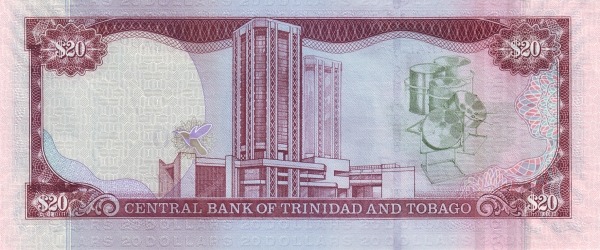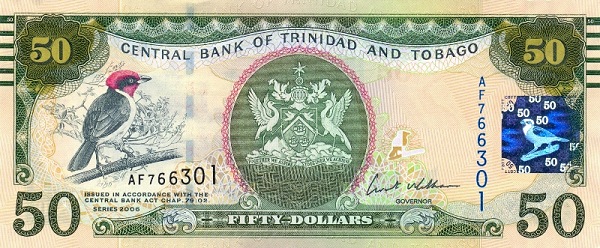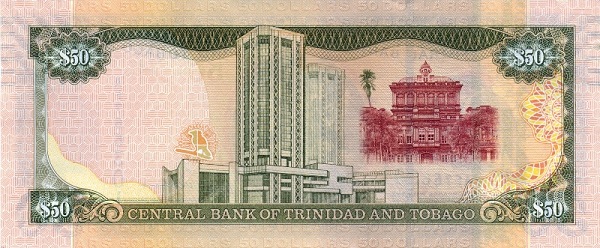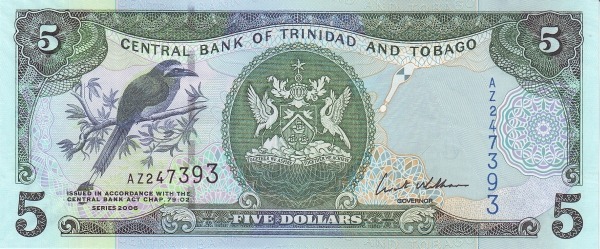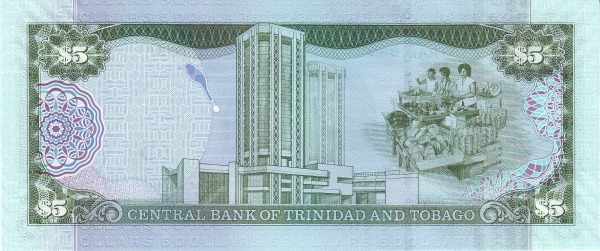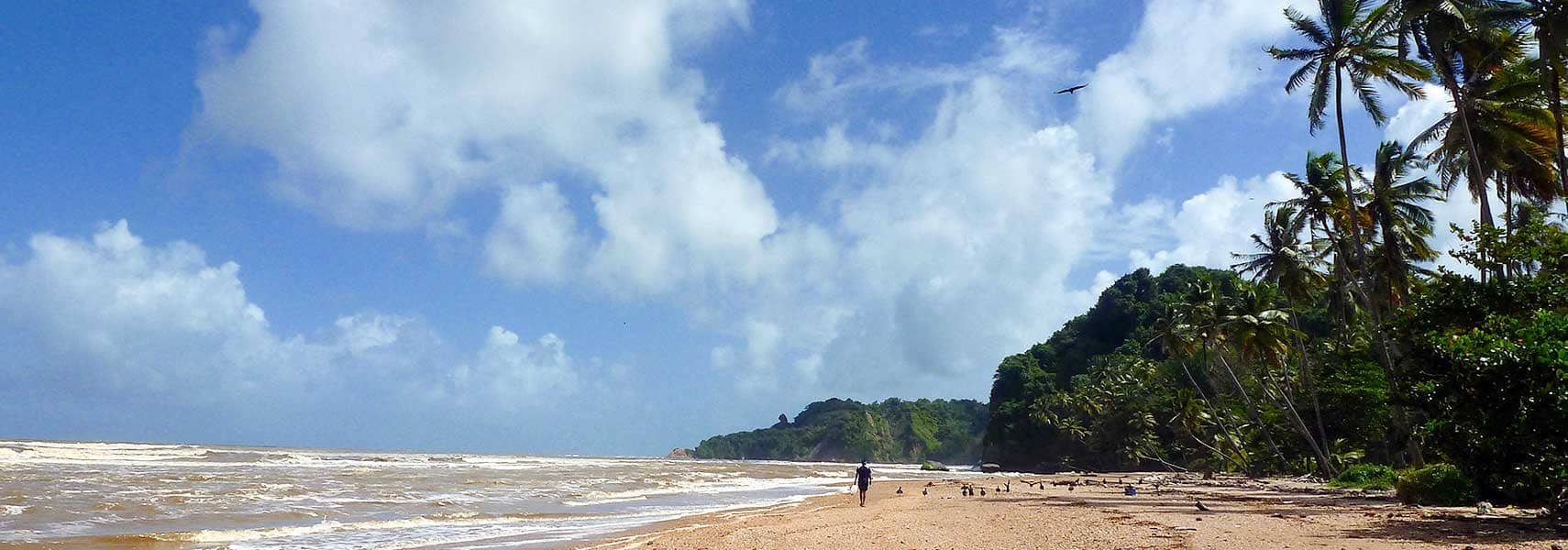Explore the Wonders of Trinidad and Tobago
Trinidad and Tobago, a captivating twin-island nation, lies just off the northeastern coast of Venezuela, separated by the Columbus Channel. Overlooking the vibrant Caribbean Sea, this remarkable country has a rich history that dates back to the arrival of Christopher Columbus in 1498. By the year 1577, Trinidad welcomed Spanish settlers while Tobago experienced English settlement starting in 1616. Remarkably, this political union formed a British colony in 1888. Later, between 1958 and 1962, Trinidad and Tobago became part of the West Indies Federation alongside Barbados, Jamaica, and other former British colonies. Ultimately, in 1962, the islands celebrated their independence, marking a new chapter in their journey as a sovereign state.
A Glimpse into Trinidad and Tobago's Geography
Covering an area of 5,130 km², Trinidad and Tobago is a bit smaller than the state of Delaware yet significantly larger than Luxembourg. The landscape of Trinidad predominantly features plains adorned with hills and low mountains in its northern regions. The Aripo Massif, a prominent range found here, proudly hosts the nation’s highest peak, El Cerro del Aripo, which ascends to 940 meters. On the other hand, Tobago, characterized by its volcanic origin, boasts a primarily hilly topography, presenting an intriguing contrast to its sister island.
Demographics and Linguistic Diversity
The population of Trinidad and Tobago currently stands at approximately 1.3 million people. Port of Spain, the capital, serves as a vibrant hub of culture and commerce, while San Fernando claims the title of the largest city. The official languages spoken across the islands include Trinidadian English and English Creole, reflecting a unique blend of cultural influences.
Understanding the Republic of Trinidad and Tobago
Historical Background
The islands of Trinidad and Tobago came under British influence in the 19th century. However, it was not until August 31, 1962, that the islands achieved independence from the United Kingdom. Today, the country stands as one of the Caribbean's most prosperous nations, primarily due to its thriving petroleum and natural gas production and processing industries. Interestingly, tourism mainly flourishes in Tobago, where efforts to expand this sector continue to grow.
Government Structure
Trinidad and Tobago operates under a parliamentary democracy, a system that accommodates various political parties and promotes public representation. The country's current constitution has been in effect since August 31, 1976, solidifying its democratic framework and outlining the rights of its citizens.
Natural Wonders and Climate
Situated in the Caribbean, Trinidad and Tobago enjoys a tropical climate, framed by a rainy season that spans from June to December. The terrain transitions from flat plains to gently rolling hills, creating diverse ecosystems that contribute to the islands' abundant natural resources. The rich flora and fauna also highlight the environmental beauty that both locals and tourists cherish.
Rich Cultural Heritage
The citizens of Trinidad and Tobago take pride in their diverse cultural landscape. Around 40% of the population identifies as African descent, while another 40% can trace their heritage to East Indian roots. Additionally, roughly 14% of the population identifies as mixed descent, with the remainder comprising European and Chinese communities. This vibrant mix translates into a cultural tapestry rich in traditions, festivals, and cuisine.
Religious Beliefs and Practices
Religion plays a significant role in the lives of people in Trinidad and Tobago. Approximately 60% of the population identifies as Christians, while followers of Hinduism comprise around 24%. Muslims make up about 6% of the populace, with the remaining 10% representing other faiths. Such religious diversity fosters an environment of mutual respect and highlights the harmonious coexistence of various beliefs.
Economic Landscape
The economy of Trinidad and Tobago thrives on its robust natural resource sector. Oil and natural gas extraction dominate the nation's economic activities, underpinning growth and development. The agricultural sector contributes significantly as well, producing cocoa, sugarcane, rice, citrus fruits, and various vegetables. Livestock farming supplements this foundation with an array of poultry products. Industries ranging from chemicals to food processing, cement manufacturing, and cotton textiles further enhance the nation's economic stability.
Trade and Exports
Regarding international trade, Trinidad and Tobago exports a wide array of commodities. Petroleum and its products, liquefied natural gas, methanol, ammonia, urea, steel, and various beverages and cereals stand out prominently. Notably, the U.S. accounts for approximately 26.3% of the export market, followed by Argentina at 12% and Brazil at 6.6%–a testament to the islands' economic connections.
Imports and Global Partnerships
Similarly, imports form an essential aspect of Trinidad and Tobago’s economy. The nation predominantly imports mineral fuels, lubricants, machinery, transportation equipment, and manufactured goods. The U.S. emerges as the leading source of imports, constituting about 35.6% of the total. Other key partners include China and Gabon, indicating a diverse range of trade relationships.
In conclusion, Trinidad and Tobago holds undeniable charm and vast potential in the Caribbean region. From its stunning landscapes and diverse demographics to its thriving economy, the island republic captivates visitors and inhabitants alike. As Trinidad and Tobago continues to evolve, it remains a significant player on the global stage, offering a myriad of experiences and opportunities for all who venture there.
Largest cities of: Trinidad and Tobago
| City Name | Population | Year of foundation | |
| Port of Spain | 495,000 | 1560 | |
| San Fernando | 100,000 | 1783 | |
| Chaguanas | 80,000 | 1776 | |
| Scarborough | 17,500 | 1776 |
Trinidad and Tobago: Money
